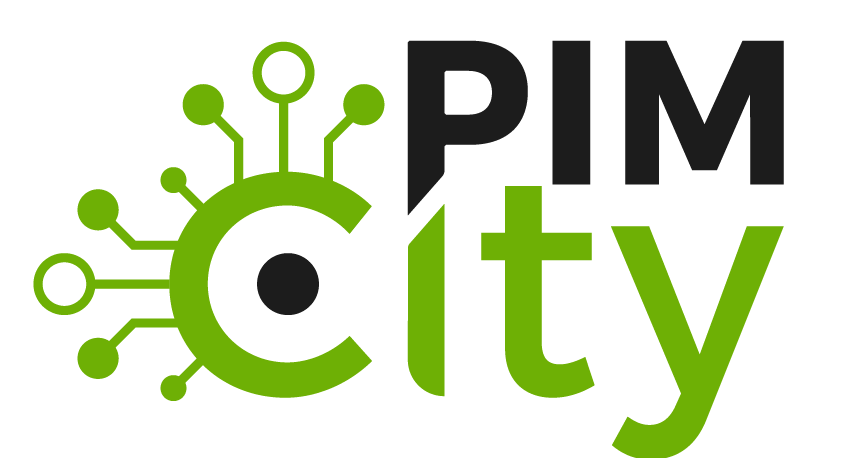Digital Marketing Attribution: Understanding the User Path
-

- Contributors: Jesús Romero Leguina, Ángel Cuevas Rumín, Rubén Cuevas Rumín
- Year: 2020
- Venue:
- Abstract:
Digital marketing is a profitable business generating annual revenue over USD 200B and an inter-annual growth over 20%. The definition of efficient marketing investment strategies across different types of channels and campaigns is a key task in digital marketing. Attribution models are an instrument used to assess the return of investment of different channels and campaigns so that they can assist in the decision-making process. A new generation of more powerful data-driven attribution models has irrupted in the market in the last years. Unfortunately, its adoption is slower than expected. One of the main reasons is that the industry lacks a proper understanding of these models and how to configure them. To solve this issue, in this paper, we present an empirical study to better understand the key properties of user-paths and their impact on attribution models. Our analysis is based on a large-scale dataset including more than 95M user-paths from real advertising campaigns of an international hoteling group. The main contribution of the paper is a set of recommendation to build accurate, interpretable and computationally efficient attribution models such as: (i) the use of linear regression, an interpretable machine learning algorithm, to build accurate attribution models; (ii) user-paths including around 12 events are enough to produce accurate models; (iii) the recency of events considered in the user-paths is important for the accuracy of the model.
- Repository link: https://www.mdpi.com/2079-9292/9/11/1822
- Download: PDF file
